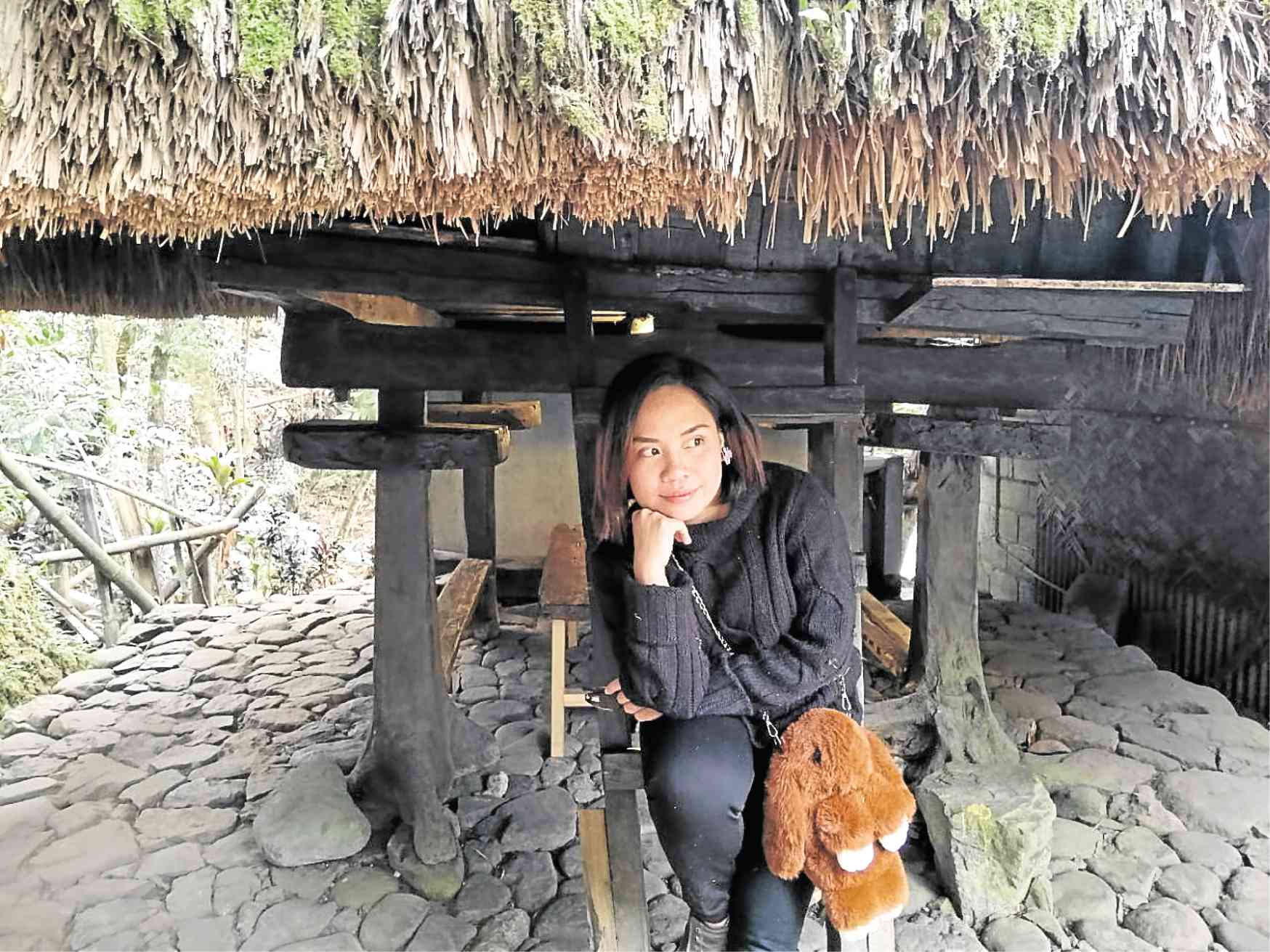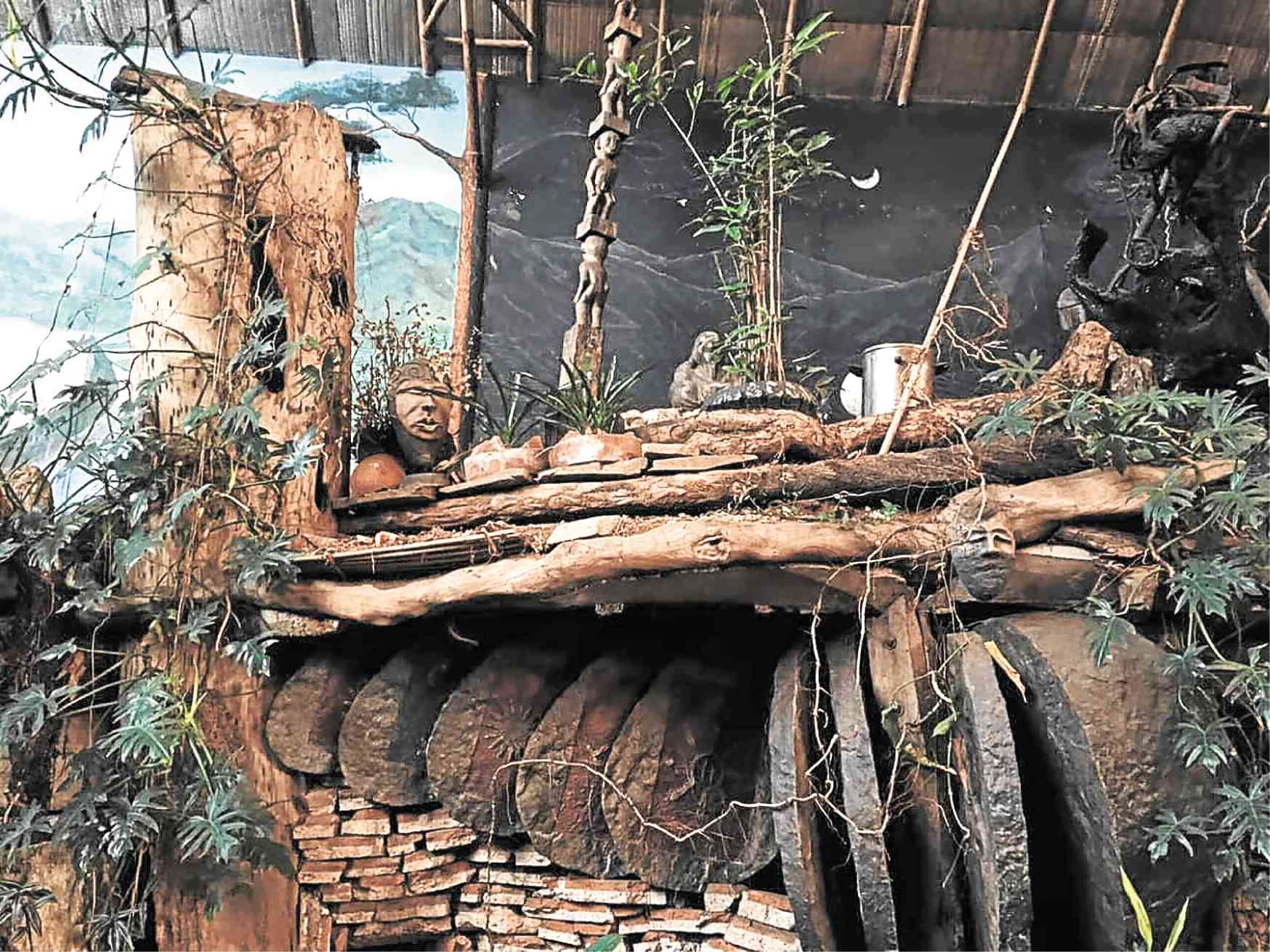Adventure on the mountains of Baguio
The unusually cooler weather of Baguio was one of the many reasons why my friends and I chose this mountain resort city in Northern Luzon over hundreds of other places for our first summer trip this 2019.
First Stop: TAM-AWAN VILLAGE
In my profession as a junior interior designer, I chose to expose myself more to Philippine culture and historical places. And included in my bucket list is the Tam-awan Village in Pinsao Proper, Baguio City.
It was overwhelming to witness the unique blending of indigenous aesthetics and exquisite Cordilleran craftsmanship with an artist’s concept for a village adapting to the Baguio setting.
The Chanum Foundation Inc., founded in 1998, began the reconstruction of Ifugao houses in Baguio, with the goal of making a model village accessible to people who have not had the chance to travel to the Cordillera interior.
According to the website tam-awanvillage.com, the foundation started out with three knocked-down huts transported from Bangaan, Ifugao. Currently, the Tam-awan village now has seven Ifugao huts and two Kalinga houses.
Using the original materials and adding only new cogon roofs, traditional artisans reconstructed the houses and laid them out resembling the design of a traditional Cordillera Village, data from the same website further showed.
Second Stop: BenCab Museum
National artist Benedicto Reyes Cabrera, widely hailed as master of contemporary Philippine art, built the BenCab museum to share his works to Philippine artists and people interested to see his master piece. The museum was known to be the House of Cordillera Art, as it gives value to the cultural heritage of the Cordillera region.
The second level was the most exciting floor for me as it features BenCab’s own works, his bulol collection, an Erotica Gallery and the main Indigo Gallery featuring renowned artists. The third level contains BenCab’s own collection of Philippine Contemporary Art and masterpieces of the maestros of art in the country.
Each level has its own terrace where you can have an awesome view of the garden and the forest. BenCab had to buy the forest area in front of the museum to protect it from other people who might want to build structures.
The lowest level is where you can find Cafe Sabel and the entrance to the farm and garden. Cafe Sabel features family recipes by BenCab, ingredients from their own garden, and specialty home-cooked dishes by the chef.
Third Stop: Oh, My Gulay
Our next stop was the one of the most blogged about restaurants in Baguio. Oh My Gulay was designed with a concept of constructivism and eclectic design, wherein the interior aesthetic was built from debris of deconstructed houses.
It was a unique idea to gather the debris to create an extraordinary interior. It was also filled with greens and wood, thus creating an eco-friendly place with a cozy ambiance. Oh, My Gulay is located on the fifth floor of the La Azotea Green Building along Session Road. You can also find there an art resto featuring a permanent gallery for Victor Oteyza, a well known Baguio artist who was reportedly one of the Thirteen Modernists who ushered in Philippine modern art after World War II.




